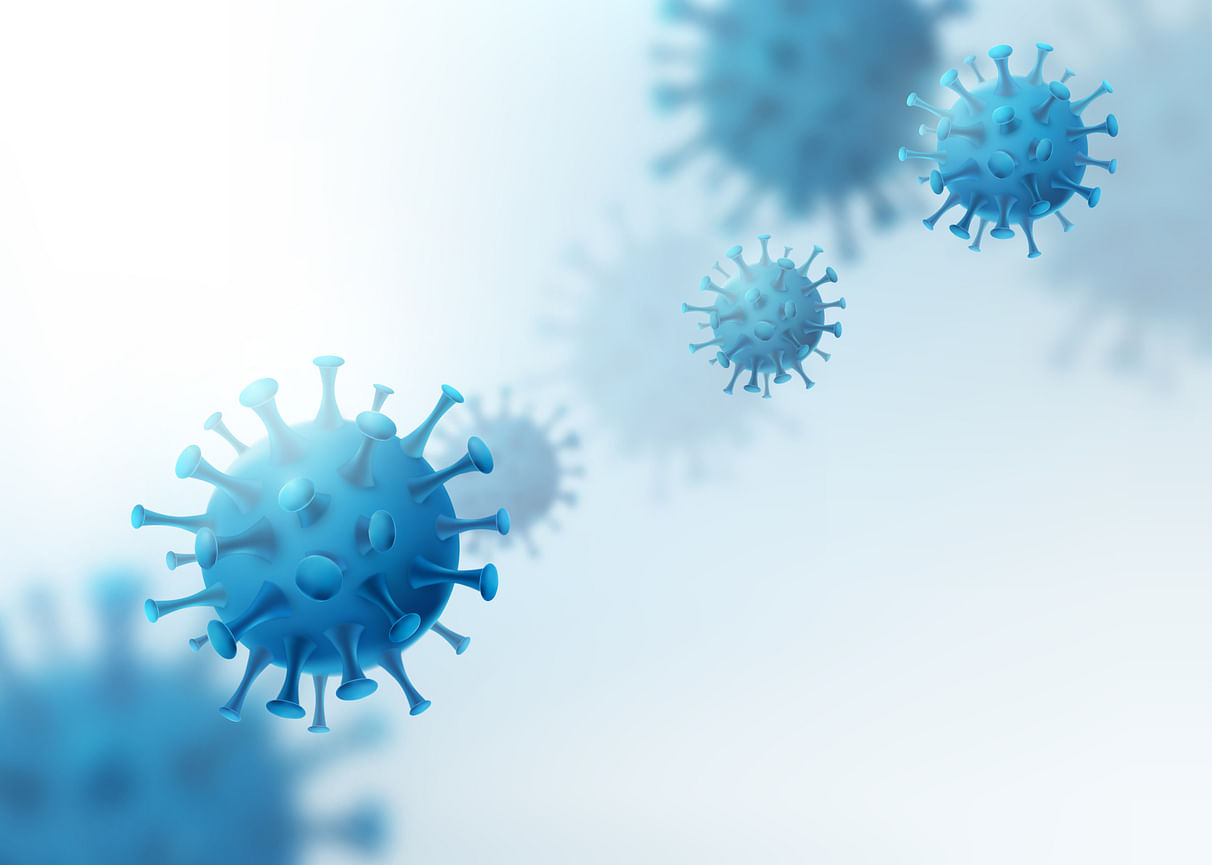
Every other day, somebody, somewhere in the world, presents a new mathematical model of how much worse the Covid-19 pandemic is going to get, or perhaps when the pandemic will end. Nobody can see into the future. So why should we believe these models any more than we believe astrological forecasts?
Herd immunity
Immunity results from vaccination or from getting infected and surviving. The pandemic will draw to an end when herd immunity is achieved; that is when so many people in the population have become immune to the disease that it’s hard for a newly-infected person to infect anybody else.
The herd immunity threshold is estimated by the simple formula (R0-1)/R0. In this formula, R0 is the average number of persons a newly infected patient transmits the disease to; so, on average, if each person infects 2 other persons, R0 is 2.
The herd immunity formula result is expressed as a percentage. A few seconds of mental arithmetic tells us that if R0 is 2, about 50% of the population must become immune for the pandemic to slow down and stop. Or, if R0 is 10, about 90% of the population must become immune for the pandemic to draw to an end.
R0 is not easily estimated. Some persons are Covid-19 superspreaders because they generate a lot of aerosols when they speak and because they expel a lot of virus in these aerosols. Some people live in crowded areas and will therefore also infect many people. In contrast, some people live alone and don’t move around much and so don’t spread the virus to anybody else.
This means that how the disease spreads is very variable. It could vary because of differences in immune response capacity related to age and the presence of medical comorbidities. It could vary because of variations in population density in urban vs rural areas, or because of variations in temperature and humidity. It could also vary depending on whether or not people wear masks and practice social distancing. Finally, it could vary depending on whether or not partial or complete lockdown is enforced.
Thus, R0 and the percentage of the population defining herd immunity depend on many factors, meaning that the pandemic could end at different times in different places, but also resume in second and subsequent waves. Mathematical models, therefore, need to take all the factors into consideration.
Unfortunately, partial and complete lockdown are imposed at different places at different times, and are enforced with different degrees of rigour. People wear masks and practice social distancing with different degrees of conscientiousness. We don’t know how many people are superspreaders in a population-dense area and how many people are immunologically vulnerable to infection.
So mathematical models need to make assumptions about these factors. If the assumptions are wrong, the conclusions of the model will be wrong. Given that most of the assumptions are based on educated guesses or on approximations from poorly-gathered data, it is certain that the model will itself be an approximation. This is why some models offer the best case and worst-case scenarios – they tweak the assumptions and look at the results from the model resulting from each tweak.
So whenever a new mathematical model is published, the reader must first ask what the assumptions were and what the error margin is. Some models make absurd assumptions, which is why they are so badly off the mark.
The dangers of forecasting
If a child weighs 3 kg at birth, 6 kg at 6 months, and 9 kg at 1 year, what will the child weigh at age 10 years? The simplest mathematical model assumes that the gain in weight will be linear, and that the child will therefore uniformly gain 3 kg every 6 months. So a 10-year-old child should weigh 63 kg. We know that this is not true. So what went wrong?
The assumption in this model is that weight gain occurs uniformly across time. However, from experience, we know that weight gain slows down in early childhood; then there is a spurt during adolescence, after which there is another plateau, and then another spurt in weight during middle-life, and then another plateau, and then even weight loss, in old age.
Throwing a spanner into the works, gender, genes, nutrition, pregnancy, disease, and other factors can also affect weight. How would a mathematical model know all this in the case of something new, such as Covid-19? So this is the problem with Covid-19 models. There are not only known unknowns, but unknown unknowns, as well, that can affect the model.
So why have models, at all? The answer is that models are necessary to educate people about what might lie ahead, and to guide policy-making. We must, however, be aware of the limitations of the models. As it is said, “Hope for the best but prepare for the worst”. We don’t need a model to be sensible.
A twist in the tail
Herd immunity and the models depend on whether the vaccine or infection by the disease truly results in persistent immunity. If the immunity wears off early, then models that assume immunity will no longer be valid. So, Mr Mathematical Model, tell me what your assumptions are and I will decide what to believe.
(Dr Chittaranjan Andrade is Professor, Psychopharmacology at NIMHANS, Bengaluru)
The views expressed above are the author’s own. They do not necessarily reflect the views of DH.